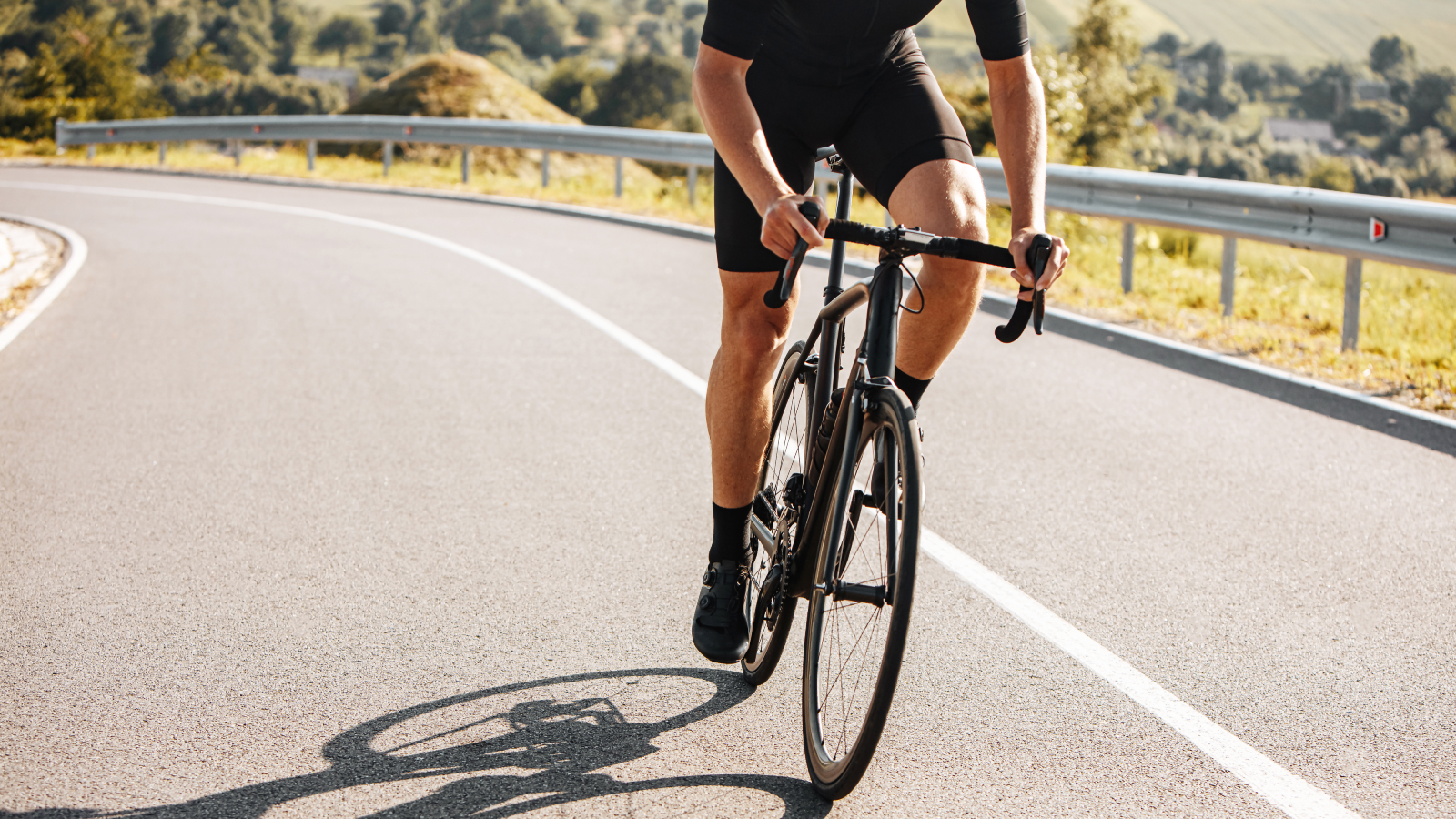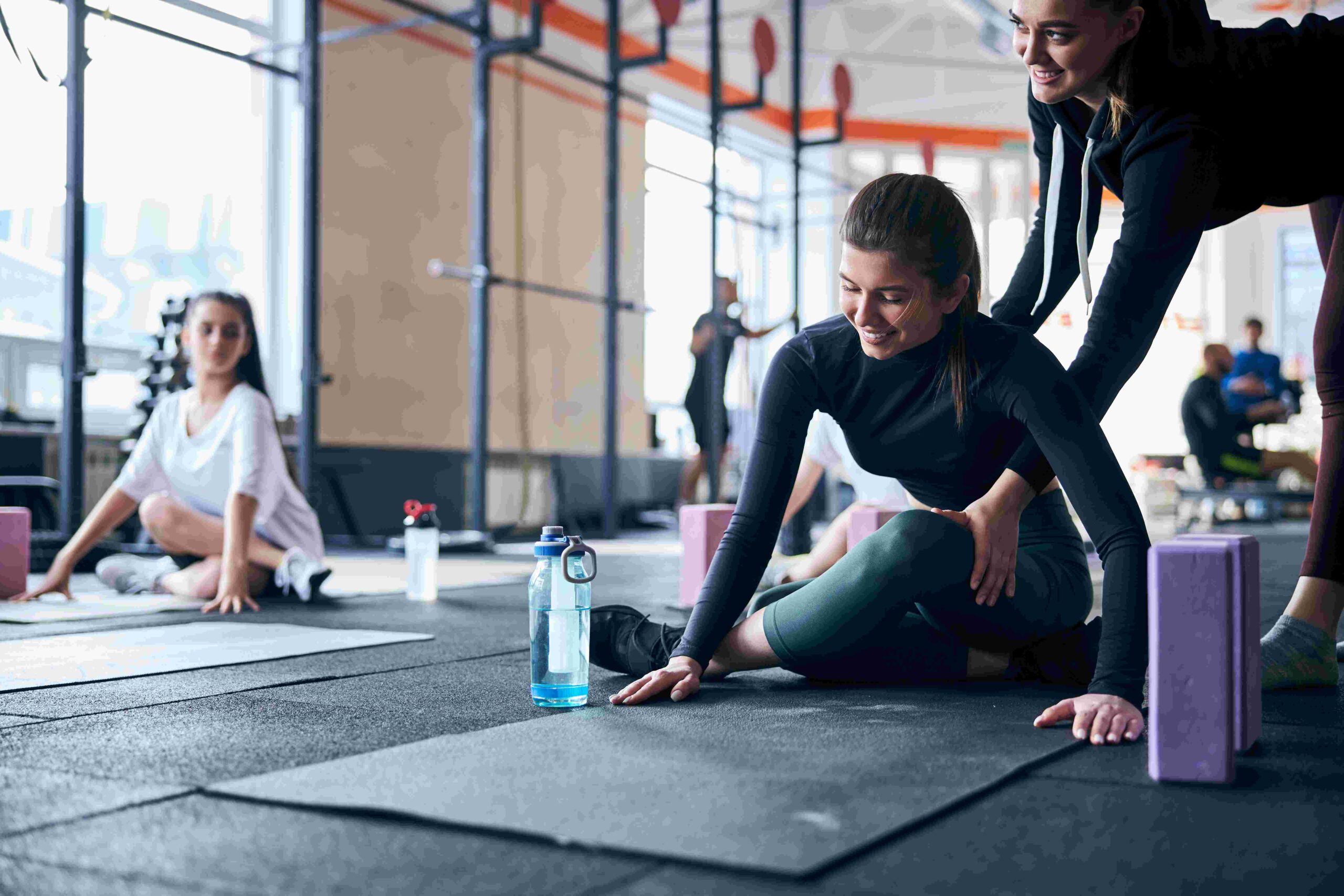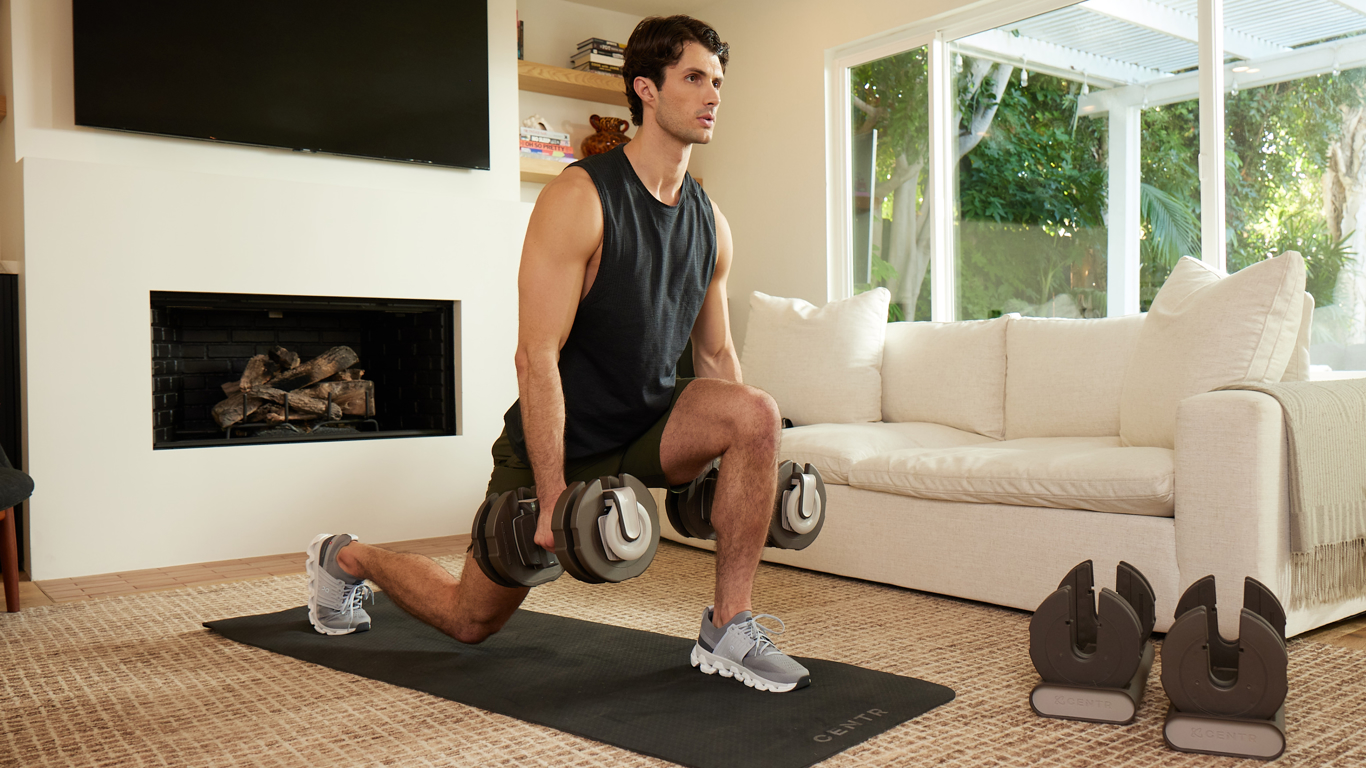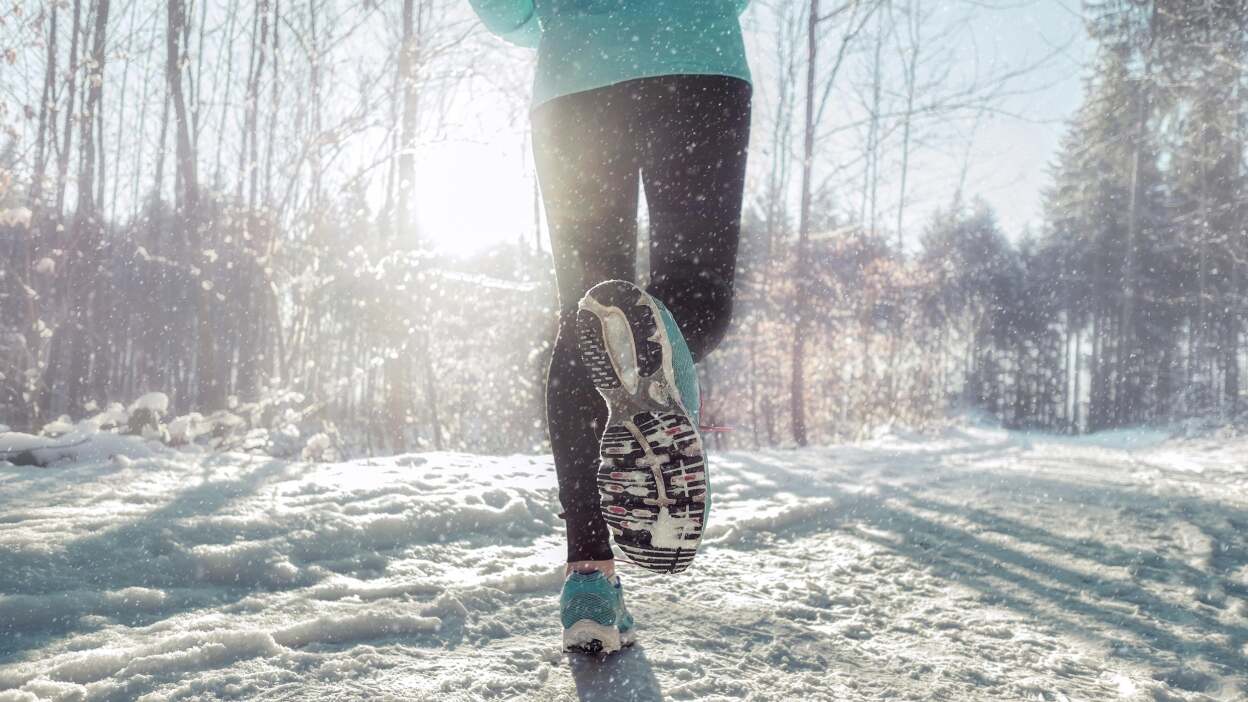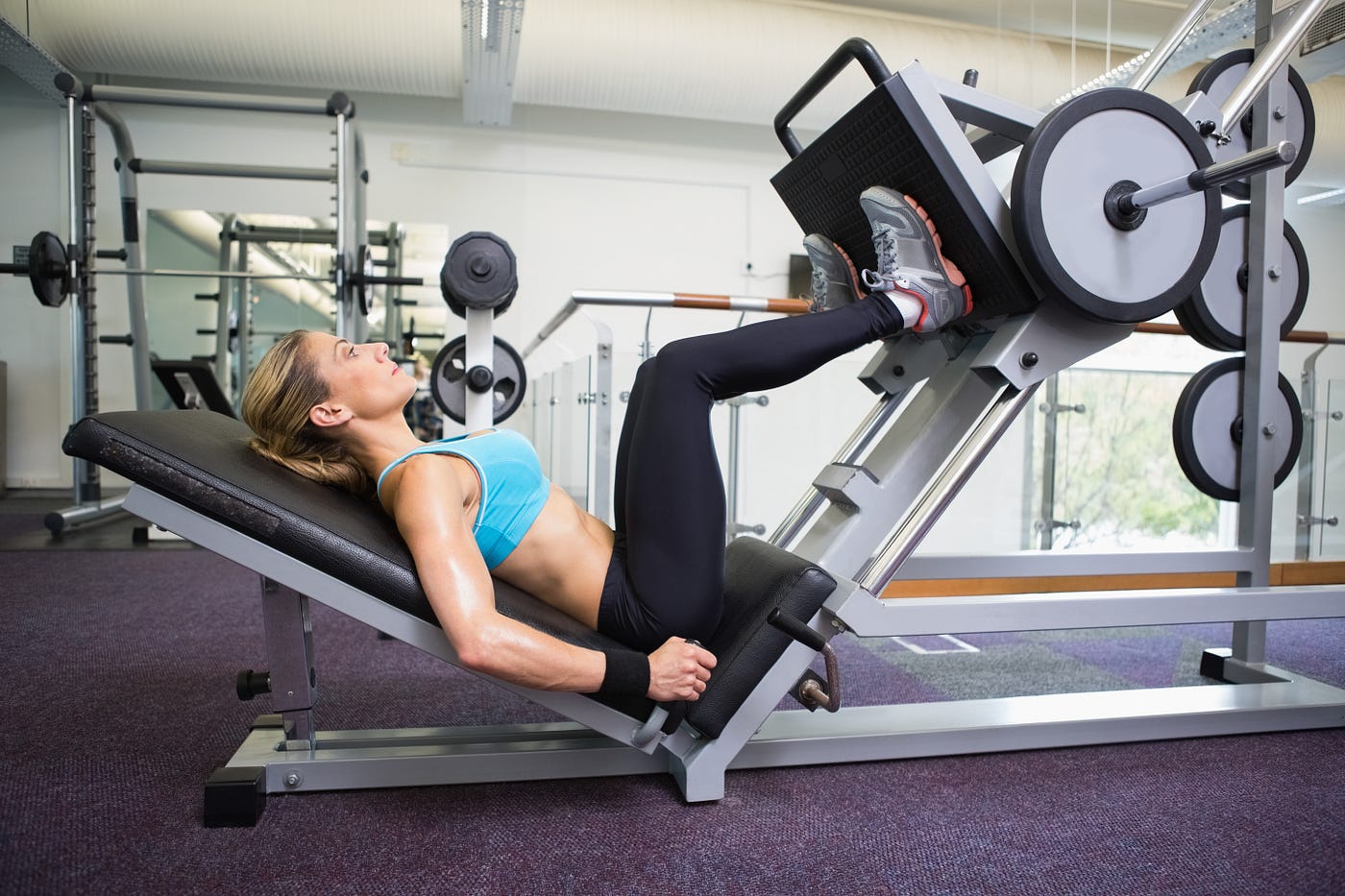Leg workouts are crucial for any cyclist looking to improve their cycling experience and performance. By strengthening your legs, you enhance your power output, increase endurance, and reduce the risk of injury on long rides. Whether you’re a beginner or a seasoned cyclist, incorporating targeted leg exercises into your routine will make a significant difference in your ability to tackle hills and maintain speed on flat terrains.
Understanding the key leg muscles used in cycling can guide you to select the best workouts for your needs. Focusing on exercises such as squats, lunges, and leg presses can help you develop the muscle balance necessary for effective cycling. With proper strength training techniques, you can optimize these workouts to elevate your performance and maximize your training sessions.
Ready to boost your cycling game? This blog post will explore essential leg workouts tailored for cyclists, offering you practical tips and techniques to get stronger legs for riding.
Key Takeaways
- Strengthening your legs boosts cycling performance and endurance.
- Targeted exercises improve muscle balance and reduce injury risks.
- Optimizing your workouts can enhance your overall cycling experience.
Essential Leg Muscles for Cyclists
Strong legs are crucial for cycling performance. You rely on specific muscle groups to propel yourself forward, maintain balance, and optimize your endurance. Understanding these muscles can help you target your workouts effectively.
Understanding Quadriceps and Hamstrings
The quadriceps, located at the front of your thigh, are essential for generating power during pedaling. This group consists of four muscles that extend your knee. Strong quads help you climb hills and accelerate quickly.
On the other hand, the hamstrings sit at the back of your thigh. They play a key role in bending your knee and extending your hip. These muscles are especially important during the upstroke of your pedal stroke. Balancing strength between your quadriceps and hamstrings prevents injuries and improves your cycling efficiency.
The Role of Glutes and Hip Flexors
Your glutes are among the largest muscles in your body, offering significant power and stability. Strong glutes help you push down during the pedal stroke, giving you more acceleration and better endurance. They also support your pelvis, improving your posture while riding.
Hip flexors are crucial for lifting your knees during the pedal upstroke. They connect your pelvis to your thigh and are essential for efficient cycling. Strengthening these muscles aids in speed and reduces the risk of strain in your hips and lower back, enhancing your overall performance.
Importance of Calf Muscles and Stability
Calf muscles, located at the back of your lower leg, contribute to the power in your pedal stroke. They help lift your heel during cycling and assist in maintaining stability. Strong calves promote better balance on the bike, especially during climbs or uneven terrains.
Muscle fibers in your calves are fast-twitch and slow-twitch types. Fast-twitch fibers help with quick bursts of speed, while slow-twitch fibers support endurance. Training both types can enhance your performance over long distances, keeping you strong and stable throughout your ride.
Strength Training Techniques
Improving your leg strength as a cyclist involves mastering techniques that enhance performance and reduce injury risk. Focus on proper form, create balance in your workouts, and include single-leg exercises to target muscle imbalances.
Mastering Proper Form
Proper form is crucial for effective strength training. It helps you target the right muscles and prevents injury.
- Squats: Keep your feet shoulder-width apart. Lower your hips back as if sitting in a chair. Your knees should not go past your toes.
- Deadlifts: For both conventional and Romanian deadlifts, hinge at your hips. Keep your back straight and let the weight lower along your legs while maintaining control.
- Lunges: Step forward with one leg. Lower your hips until both knees are bent at about 90 degrees. Keep your front knee aligned with your ankle.
Consistently practicing these exercises with good form will strengthen your legs effectively.
Developing a Balanced Routine
A balanced strength training routine works all muscle groups and reduces the risk of imbalances. Include exercises that target different muscles.
- Quadriceps: Back squats and leg presses.
- Hamstrings: Romanian deadlifts and leg curls.
- Calves: Calf raises.
Your routine should include both compound movements (like squats) and isolation exercises (like leg curls).
Aim for 2-3 strength sessions each week, varying the exercises. This approach will keep your muscles challenged and promote overall leg strength for cycling.
Incorporating Single-Leg Exercises
Single-leg exercises are vital for addressing muscle imbalances. They help improve balance and stability, both important for cyclists.
- Single-Leg Deadlift: Stand on one leg and hinge at the hips, lowering the weight toward the ground. This challenges your balance and strengthens your hamstrings.
- Step-Ups: Step onto a bench or sturdy platform with one leg. Bring the opposite knee up toward your chest. Alternate legs to ensure balanced strength.
Incorporating these exercises into your routine will enhance your cycling performance and reduce the risk of injury. Start with body weight or light weights to master the technique before progressing.
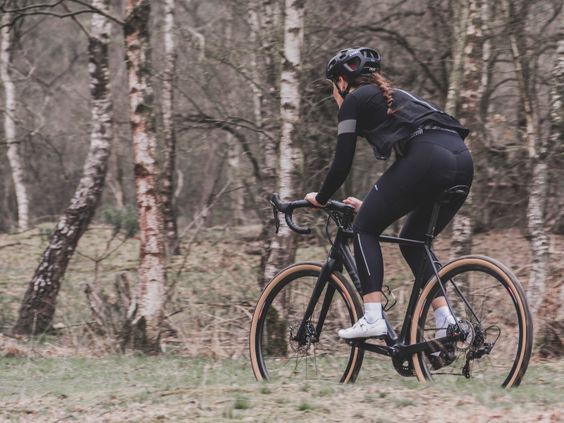
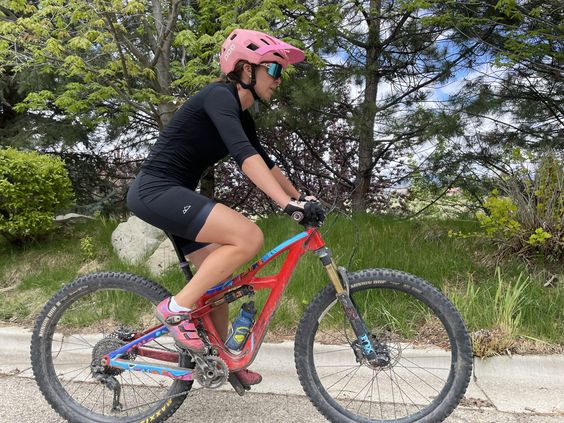
Key Leg Workouts for Cyclists
To maximize your cycling performance, focus on key leg workouts that enhance strength, endurance, and explosive power. Here are some effective exercises that target essential muscle groups.
Building Leg Strength with Squats and Deadlifts
Squats and deadlifts are foundational exercises that build leg strength. Back squats engage your quadriceps, hamstrings, and glutes, making them vital for a strong pedal stroke. Aim for 3 sets of 8-12 reps, maintaining proper form to avoid injury.
Deadlifts target the hamstrings and lower back, helping with power during climbs. Start with light weights to master your technique, then gradually increase the load. This exercise improves the strength needed for sustained cycling performance.
Tip: Always keep the weight towards your heels during these exercises to maintain balance and protect your knees.
Enhancing Endurance with Lunges and Step-ups
Lunges and step-ups are excellent for building endurance in your legs. Lunges help you strengthen and balance your quadriceps, hamstrings, and glutes. Perform 3 sets of 10-12 lunges on each leg. Ensure your front knee does not extend past your toes.
Step-ups work similar muscle groups and improve coordination. Use a bench or a sturdy box, stepping up with one leg and bringing the other leg up. This mimics the action of cycling and builds endurance for longer rides.
Exercise Note: Keep your chest up and engage your core during these workouts to maintain proper form.
Increasing Explosive Power with Box Jumps and Split Jumps
To enhance your explosive power, include box jumps and split jumps in your routine. Box jumps require you to jump onto a raised platform, targeting your calves, quadriceps, and glutes. Start with 3 sets of 8-10 jumps, focusing on landing softly to reduce impact.
Split jumps also build explosive strength. Begin in a lunge position and jump, switching legs mid-air. This dynamic movement helps improve your power and cadence when cycling.
Safety Reminder: Always land lightly and check your box height to avoid injury. Adding these exercises will enhance your overall cycling performance and efficiency.
Optimizing Leg Workouts for Cycling Performance
Your leg workouts can significantly enhance your cycling performance. Focus on exercises that improve your pedal stroke, reduce injury risk, and link core strength to cycling efficiency.
Tailoring Exercises to Improve Pedal Stroke
To enhance your pedal stroke, include exercises that strengthen the quadriceps, hamstrings, and calves. Squats and lunges are excellent choices. They target important muscle groups needed for powerful cycling.
Key exercises:
- Goblet Squats: Hold a weight and lower your body, keeping your chest up. This engages your quads effectively.
- Box Jumps: This explosive move trains fast-twitch muscles for better power output and speed on the bike.
Perform these exercises in sets of 10-12 repetitions, focusing on form and control. This way, you build the strength needed for an efficient pedal stroke.
Reducing Injury Risk and Enhancing Flexibility
Injuries can derail your cycling progress. Incorporate flexibility exercises like stretching and yoga to enhance muscle elasticity. Focus on hamstrings, quadriceps, and hip flexors.
Flexibility tips:
- Dynamic Stretches: Before rides, do leg swings and walking lunges to warm up muscles.
- Static Stretches: After workouts, hold stretches for each major muscle group for at least 30 seconds.
This routine helps prevent injuries and prepares your body for the demands of cycling. Keeping your muscles flexible reduces stiffness and enhances overall performance.
Linking Core Strength to Better Cycling Experience
A strong core supports your legs during cycling. When your core is engaged, you transfer power more efficiently through your legs.
Core strengthening exercises include:
- Planks: Hold the position for 30 seconds to a minute to build endurance.
- Russian Twists: This exercise helps improve your rotational strength.
Aim to integrate core workouts into your regular routine. Stronger core muscles lead to better balance and stability, allowing for a smoother cycling experience while minimizing fatigue.
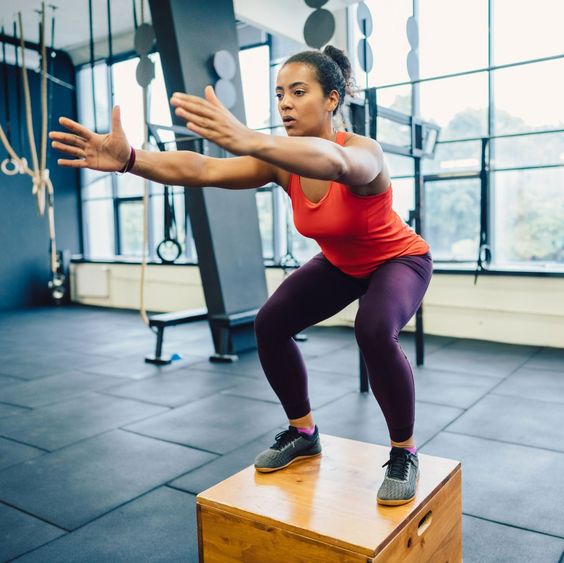
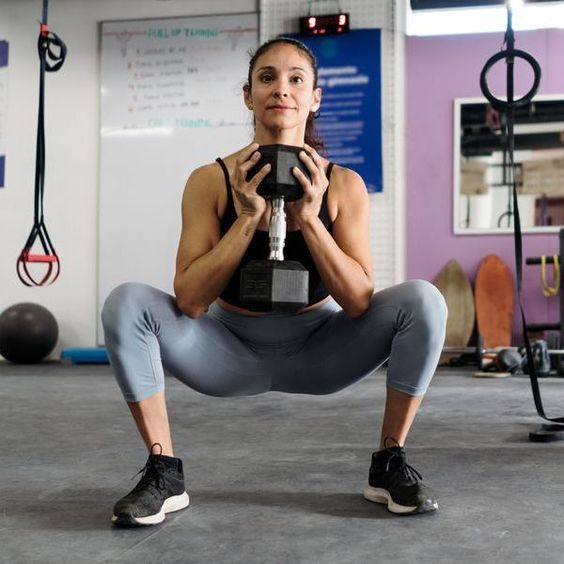
Frequently Asked Questions
You may have some questions about strengthening your legs for cycling. Here are specific responses to common concerns that many cyclists have.
What are the best leg strengthening exercises for uphill cycling?
To climb hills effectively, focus on exercises that build your quadriceps and hamstrings. Squats, lunges, and step-ups are excellent options. You can also add hill sprints to your routine for explosive strength.
How can cyclists effectively train their legs without equipment?
You can perform bodyweight exercises for leg strength. Squats, lunges, and calf raises can all be done anywhere. Additionally, hill or stair running uses your body weight while building strength and endurance.
Which weight training exercises are most beneficial for competitive cyclists?
For competitive cyclists, exercises like deadlifts, squats, and leg presses are very effective. These workouts target large muscle groups and improve overall power. Incorporating unilateral exercises such as single-leg deadlifts can also enhance muscle balance.
How frequently should a cyclist focus on leg workouts?
Aim to incorporate leg strength training into your routine at least two to three times a week. Balance this with your cycling sessions to prevent fatigue. Always listen to your body and adjust your training frequency as needed.
Can leg workouts improve cycling speed and endurance?
Yes, leg workouts can significantly improve both speed and endurance. Stronger muscles generate more power during pedaling, leading to faster times. Additionally, increased muscle endurance allows you to ride longer without fatigue.
What leg exercises are recommended specifically for female cyclists?
Female cyclists can benefit from exercises like squats, lunges, and hip thrusts. These movements target major leg muscles and promote strength. It’s also important to include exercises that enhance balance and flexibility.
